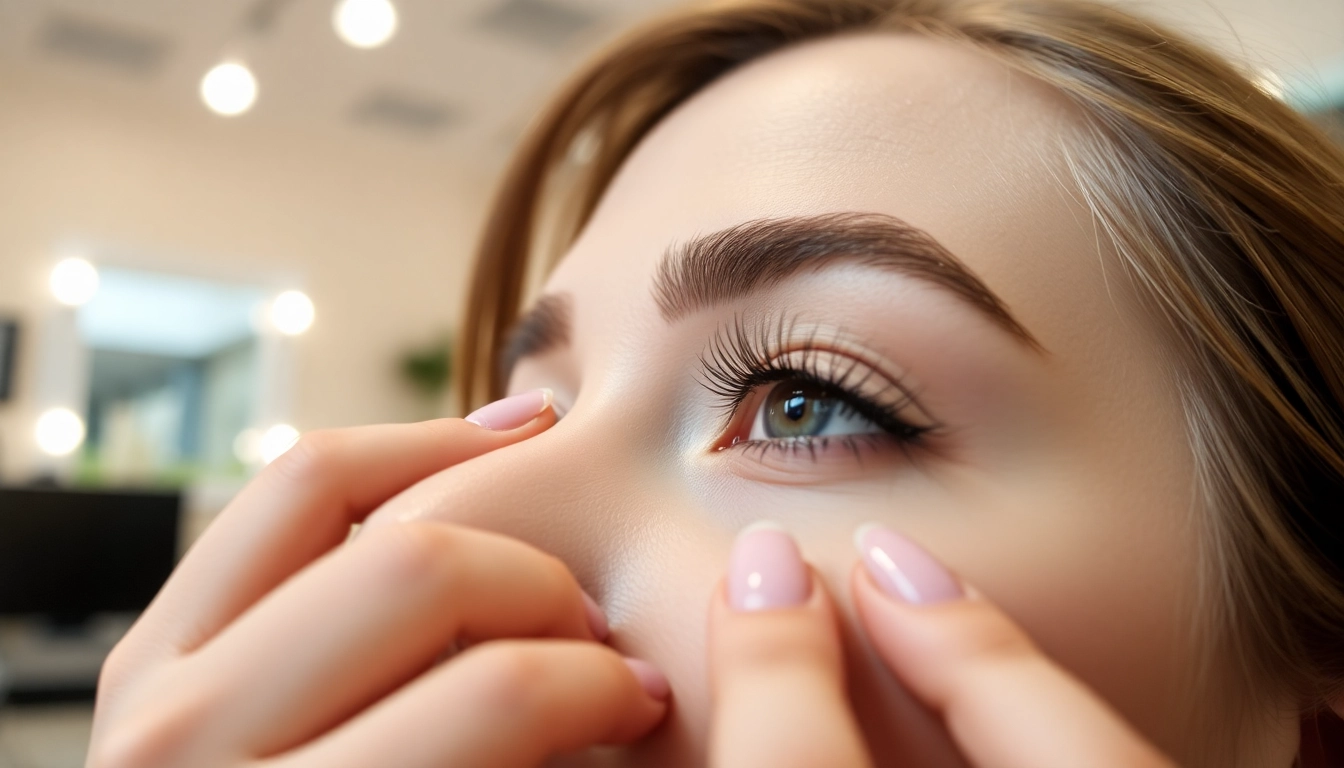Understanding Red Light Therapy Benefits
What is Red Light Therapy?
Red light therapy (RLT) is a non-invasive treatment that utilizes specific wavelengths of light—typically in the red and near-infrared spectrum—to promote healing, recovery, and a range of health benefits. The therapy works by stimulating the mitochondria in cells, enhancing their energy production and encouraging the repair of damaged tissues. This makes RLT an appealing option for individuals seeking alternative therapies for various ailments, from inflammation to skin issues.
Key Health Benefits of Red Light Therapy
The potential health benefits of red light therapy are extensive and backed by a growing body of research. Some of the key advantages include:
- Pain Relief: RLT has been shown to alleviate pain associated with conditions such as arthritis, fibromyalgia, and chronic muscle pain.
- Inflammation Reduction: By modulating the inflammatory response, RLT can help in the recovery from injuries and conditions like tendinitis and other inflammatory diseases.
- Improved Wound Healing: Studies indicate that RLT can accelerate the healing process by promoting cell regeneration and reducing scarring.
- Enhanced Skin Health: With benefits extending to anti-aging, RLT can improve skin tone, texture, and elasticity while reducing wrinkles and fine lines.
- Boosted Athletic Performance: Athletes can experience improved muscle recovery and reduced muscle soreness, allowing for optimized performance and training regimens.
How Does Red Light Impact Your Body?
Red light therapy operates primarily through photobiomodulation, where specific wavelengths of light are absorbed by cellular chromophores. This absorption leads to an increase in ATP (adenosine triphosphate) production in the mitochondria, the powerhouse of the cell. The result is enhanced cellular energy, which promotes repair and regeneration. Additionally, RLT can promote circulation, reduce oxidative stress, and modulate the immune response, contributing to overall health and well-being.
Choosing the Best Red Light Therapy Fullbody Mat
Features to Look For
When considering red light therapy mats, it is essential to evaluate various features to ensure you select the most suitable option for your needs:
- Wavelengths: Look for mats that offer dual wavelengths—typically 660nm (red light) and 850nm (near-infrared)—as they provide comprehensive coverage and benefits.
- Size and Coverage: Full-body mats should be large enough to cover all major muscle groups, allowing you to maximize exposure during a session.
- Intensity and Power Output: Higher LED counts and output will ensure that the therapeutic effects penetrate deeper into the tissues.
- Timers and Settings: A built-in programmable timer and adjustable intensity settings can enhance usability and effectiveness.
- Portability: Consider mats that are lightweight and easy to store or transport, making them suitable for use at home or on the go.
Material and Build Quality Considerations
The material and construction of a red light therapy mat can significantly affect its durability and performance. Look for mats made from high-quality, hypoallergenic materials that are easy to clean and maintain. Additionally, consider mats with robust construction that can withstand regular use without losing effectiveness.
Pricing Insights and Value Comparison
Pricing for red light therapy mats can vary widely based on features, size, and brand reputation. While it can be tempting to opt for lower-priced options, higher-quality mats often deliver better results and durability. Assess the value by comparing the features and benefits of different models, considering long-term usage and potential health benefits when making your investment. For serious users, investing in the best red light therapy fullbody mat could be invaluable.
Integrating Red Light Therapy into Your Routine
Frequency and Duration of Use
To achieve optimal results with red light therapy, it is crucial to establish a consistent routine. Most experts recommend using the mat for about 10 to 20 minutes per session, two to five times per week, but this may vary depending on individual goals and needs. It’s essential to listen to your body and adjust the frequency and duration as necessary.
Combining Red Light Therapy with Other Wellness Practices
Red light therapy can be effectively integrated into existing wellness routines. Pairing RLT with practices such as yoga, meditation, or physical therapy can amplify the restorative benefits. For example, utilizing red light therapy before stretching or yoga can enhance muscle relaxation and flexibility. Additionally, it may be used alongside other therapies, such as heat or cold treatments, for comprehensive recovery.
Setting the Right Environment for Optimal Results
Creating a conducive environment for red light therapy sessions can enhance their effectiveness. Ensure that the space is comfortable, quiet, and free from distractions. Dim the lights and consider using calming scents or music to foster relaxation. Accessibility to the mat should also be considered, making it easy to incorporate sessions into your daily routine.
Common Myths About Red Light Therapy Mats
Debunking Misconceptions
Despite the growing popularity of red light therapy, several misconceptions persist. Some common myths include:
- Red Light Therapy is Painful: RLT is a non-invasive, painless treatment, and many users report a soothing sensation during and after sessions.
- Only Celebrities Use Red Light Therapy: While RLT has been popularized by public figures, it is available and beneficial for anyone seeking health improvements.
- Results are Immediate: Although some may experience a quick response, optimal results typically take consistent use over time.
Scientific Evidence and Research Findings
Numerous studies have documented the efficacy of red light therapy in a variety of applications, from sports recovery to skin health. Research supports its potential for pain relief, wound healing, and even mood enhancement. As the body of evidence grows, so does the enthusiasm for incorporating RLT into both clinical and home health practices.
Understanding User Experience Variability
Individual experiences with red light therapy can vary widely based on several factors, including the specific condition being treated, usage frequency, and individual health. It’s essential for users to monitor their progress and adjust protocols based on personal feedback and results.
Evaluating Your Experience with a Red Light Therapy Mat
Tracking Progress and Results
To derive maximum benefit from red light therapy, maintaining a record or journal of your experiences can be incredibly helpful. Document the duration, frequency, and specific health changes you notice. This can provide insight into the effectiveness of the therapy over time, allowing for adjustments to optimize results.
Adjusting Your Usage Based on Feedback
Being attuned to your body and its responses is vital. If you experience discomfort or see no change over time, consider reevaluating your usage frequency, duration, or even the specific therapy mat you are using. It can be productive to experiment with different settings to find what works best for you.
When to Seek Professional Advice
If you have specific health concerns or do not notice any benefits from red light therapy after consistent use, consulting a healthcare provider may be warranted. Professionals can offer tailored advice and help determine if red light therapy is an appropriate addition to your health regimen.



